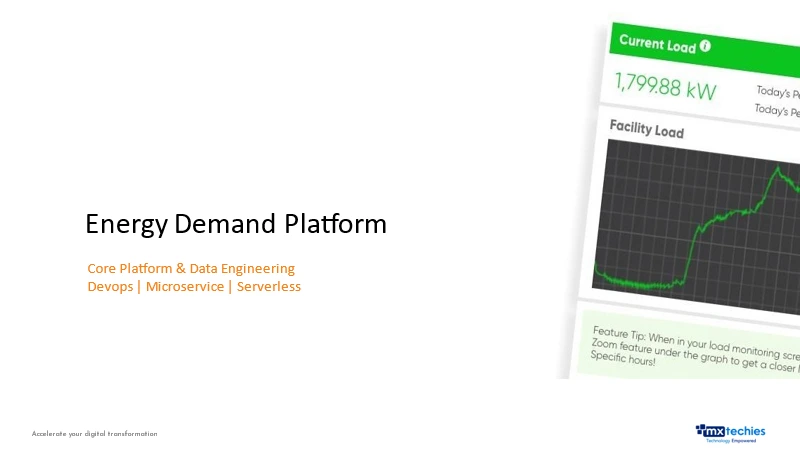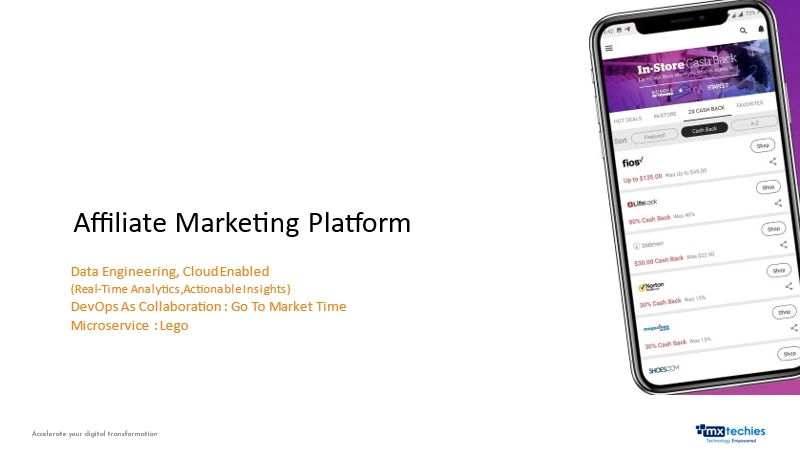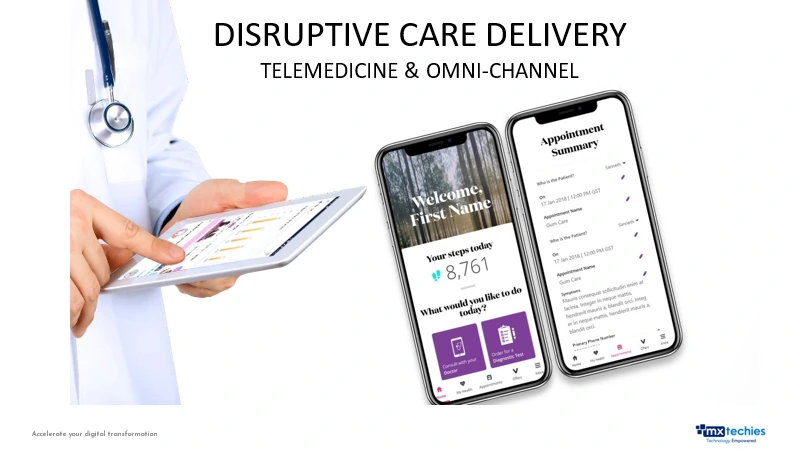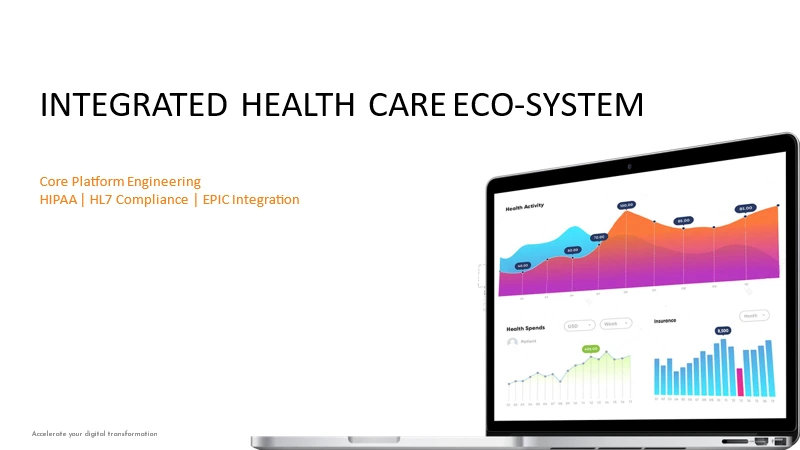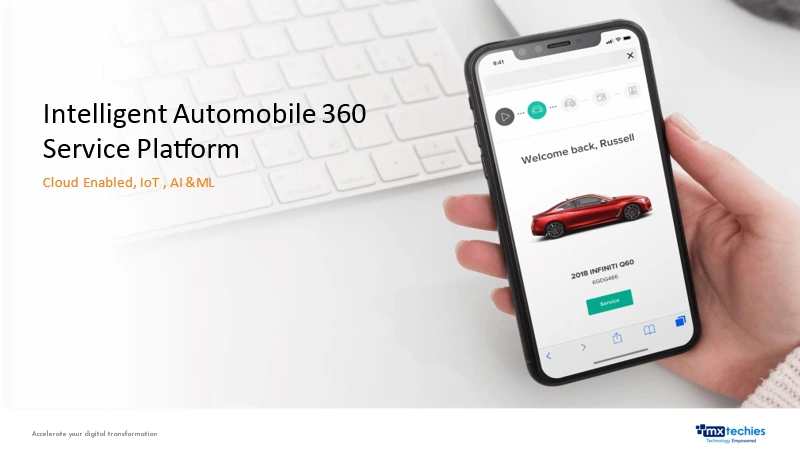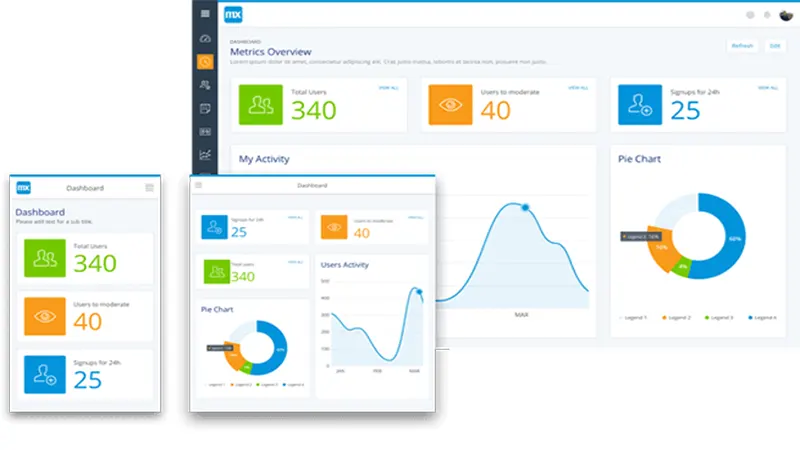
Streamline end-to-end processes seamlessly using low-code solutions.
Enterprises function through numerous processes spanning multiple departments. These processes involve a blend of diverse technologies, ranging from custom applications and databases to conventional paper-based systems and email correspondence. Ineffective and error-prone workflows often lead to user frustration, prompting them to seek ad-hoc solutions through fragmented shadow IT approaches.
The responsibility of resolving this intricate web of dysfunctional and obsolete workflows lies with you and your team.
Repeatedly, you've pondered, "There must be a superior approach."
Indeed, there is.
Facilitating enterprise-wide automation of workflows
Utilizing low code empowers the creation of end-to-end, high-quality applications capable of automating entire processes while managing essential system or data integrations required for seamless functionality.




